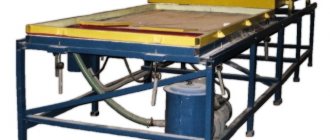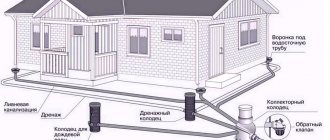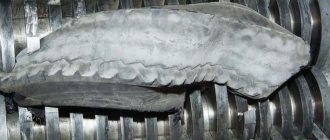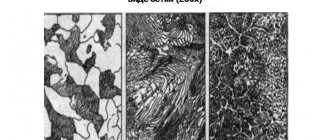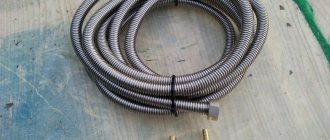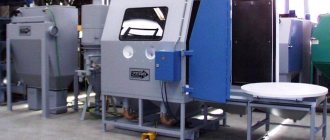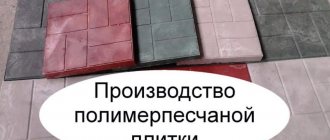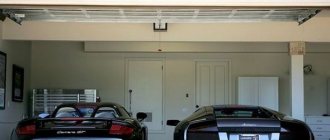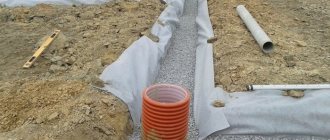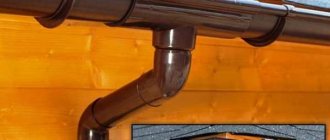Vacuum pressing system
The vacuum pressing system is a structure of individual elements that provide the necessary parameters for the process. There are 2 types of vacuum pressing systems with a vacuum bag:
- hot. Use bags consisting of a heat-resistant fitting and an outer layer of elastic material;
- cold. The material of the bags is durable polyurethane with good elongation.
Cold pressing is a simple process that takes little time. Hot pressing lasts much longer and is carried out in several stages, none of which can be excluded. When removed, a noticeable complication of the process occurs.
They produce stationary and portable vacuum pressing systems. specializes in vacuum bagged vacuum pressing systems used in the field or at the customer's home. You can buy a vacuum pressing system from official dealers at the price from the manufacturer.
Vacuum Press Bags
The vacuum bag for pressing is an element that is an integral part of such systems. It is the bag that plays one of the key roles in creating a vacuum inside the system, on the basis of which the entire operation of the mechanism is built
The operation of vacuum pressing bags is most often based on high vacuum. That is why they try to make bags as durable and reliable as possible. As for the pricing policy for vacuum bags, now it is relatively good. Similar equipment on the market starts at 4,000 rubles. If we are talking about more reliable bags, then they can cost several times more.
Membrane-vacuum pressing
Vacuum membrane pressing is a process of covering surfaces with decorative film. Surfaces are suitable with both absent and deep relief. Preparation for pressing requires careful selection of material, and the process itself requires attention.
This type of pressing is used to treat the surfaces of furniture facades, countertops and doors. The production of cladding is carried out using special equipment and PVC film. Main stages of the procedure:
- Frequent cleaning of the room in which glue is applied and products are dried.
- Existence of an exhaust chamber.
- Preparation of the processed material. The parts are placed in the workshop for 3-4 days for acclimatization, then the surface is cleaned until sterile. The materials are checked for adhesion, after which the part is sanded over the entire surface area.
- Preparing the adhesive if a two-component rather than a one-component type is used.
- Setting up the gun that applies glue to the product.
- Applying, drying and sanding glue.
- Selecting a pressing program.
A mistake made in at least one of the points leads to a defective part. Therefore, the requirements for the production process are carefully observed, and regular checks are carried out at each stage.
Vacuum presses
Vacuum press is equipment designed for cladding work in furniture production. When choosing an installation, you should pay attention to the dimensions of the products being processed and the type of cladding (on one or both sides of the part). The presses operate in 2 modes:
- manual. Used for complex workpieces with voluminous relief;
- auto. Used for mass production of simplified parts.
When working with a vacuum press, a strict sequence of product processing is observed. First, they are laid out on a substrate (the working surface of a vacuum press), then the selected film is applied to the entire substrate and the press frame is closed. After this, the pressing program is selected and the process starts. The processed parts are carefully removed from the working surface.
Press design
Despite its technological effectiveness and the widespread use of automation, the design of the equipment is simple. A standard vacuum press consists of the following elements:
- Directly the press, which is made in the form of a roll-on or hinged lid.
- Heating installation, which is performed by contact or infrared.
- Pressure frame made of durable metal.
- Vacuum pump.
- Working surface.
In recent years, a thermal vacuum press has become widespread, which uses additional pumps to ensure a tight fit of the film and veneer to the workpieces, which is achieved by completely pumping out the air. Such thermal vacuum installations provide a pressure of about 8.5 kilograms per square centimeter. But standard models operate with a pressure of no more than 1 kilogram per square centimeter.
The main purpose of such equipment is veneering and filming parts that have a complex configuration . But standard models will be the best choice for finishing workpieces with simple shapes with veneer.
Vacuum pumps for vacuum press
For a vacuum press, the ideal equipment is a single-stage rotary vane pump. Two types of pumps are used for production: dry and lubricated. Rotary vane pumps are durable and reliable.
Lubricated equipment is cheaper to purchase and maintain than a dry pump. The cost of the latter is explained by the longer operating time of the mechanism, the lower level of noise emitted, and the low likelihood of breakdowns due to reliable materials.
Membrane for membrane vacuum press
Similar elastic products are needed for lining workpieces with natural veneers, special high-elasticity and strength films, or when laminating surfaces made of chipboard and fiberboard with plastic. Membranes are used when coating is done with glossy films, but they cannot come into contact with heated parts of the press, because the pattern applied to them will be damaged. Heat-resistant diaphragms are made from natural rubber, which can withstand temperatures of +120° C, or industrial silicone, which can withstand twice the heat.
Membrane for membrane vacuum press
Sometimes, when coating with glossy films, an intermediate flange with side nozzles is used, which provide a continuous supply of air flow or are used to artificially create a vacuum between the membrane and the part. Such a flange can be supplied as an option for the press or included in the package, such as, for example, the AFT model from the Italian company Orma.
The intermediate flange creates a vacuum that provides maximum force to press the film against the elastic diaphragm and top plate during preheating. As a result, a complex configuration is covered completely without flaws.
Vacuum bags for pressing
The vacuum bag is an important component of vacuum pressing. It must meet a number of requirements:
- versatility;
- heat resistance;
- resistance to loads.
The bag consists of several components: a sealing system, a connection fitting, and a bag. The material used for bags is divided into 2 groups:
- PVC. It has a low adhesion rate, which facilitates easy cleaning of residual wood glue from the inner surface. Thick-walled bags are durable and versatile. Polyvinyl chloride is inherently non-reactive to varnish coating.
- Polyurethane. Elastic, wear-resistant and compact bags. They have a low adhesion rate, resistance to physical impact and damage due to their high strength.
Bags made of any material should be stored in a dark place out of direct sunlight. For a long service life, the size of the container for the pressing process should be selected correctly. Following the recommendations will help extend the service life of the element included in the pressing system.
Scope of application of vacuum bag pressing systems and its operating principle
Most often, vacuum bag pressing systems are used in the following areas:
- Furniture industry;
- Production of facades of complex shapes;
- Modeling;
- In the production of stained glass;
- In the production of musical instruments;
- Production of various bent-laminated wooden parts;
- Manufacturing of solar panels;
- Production of parts of complex shapes according to a ready-made template;
- Production of artificial stones.
The vacuum pressing system with a bag itself is not complex in design, and consists of:
- Vacuum pump, which come in different capacities;
- Vacuum bag, which can be of different types;
- Special clamp for a vacuum bag;
- Vacuum gauge;
- Filter;
- A set of various connecting fittings necessary for the normal functioning of the system.
All vacuum pressing systems of this type work on the same principle. You need to place the product prepared for gluing in a vacuum bag, not forgetting to seal the exit using a special clamp. Then the vacuum pump is turned on, which pumps the air out of the bag. As a result, atmospheric pressure is created inside the bag, which evenly compresses the product being glued. After the time required for high-quality gluing has been maintained, the product is removed from the vacuum bag and used for its intended purpose. Vacuum bags made of PU film are often used in production. This allows the product to heat up to +100 degrees Celsius.
If a more productive production system is needed, then our company in Moscow offers models that can work with several vacuum bags at the same time. When purchasing a vacuum pressing system with a vacuum bag from our company, you can choose all the elements of this unit yourself, or purchase a ready-made kit. In any case, you will receive comprehensive advice that will help you choose the best option.
PVC film for vacuum pressing
PVC film is a universal material. Widely used due to compliance with the requirements of reliability and durability, fire and environmental safety. It is used in vacuum pressing due to the presence of a wide range of textures and colors. There are 2 types of film:
- shiny (glossy);
- matte.
The elasticity of the material allows the use of PVC film for pressing three-dimensional parts with complex terrain. The main advantages of the film are:
- resistance to damage;
- no aging of the material;
- heat and moisture resistance;
- strength;
- resistance to dyes (ensures the absence of stains);
- UV resistance;
- possibility of cleaning.
The unique facing material is widely used in furniture production to decorate products.
